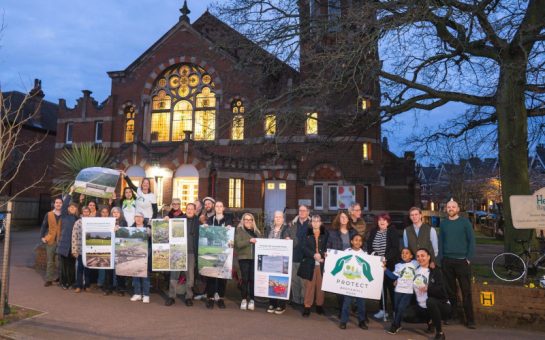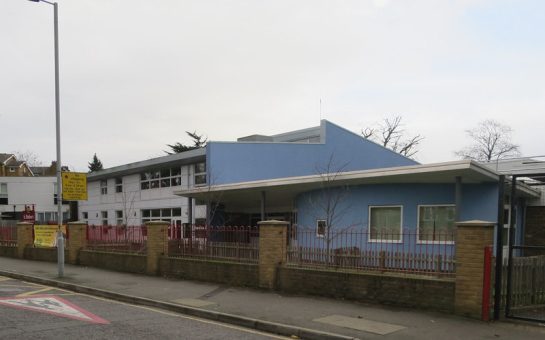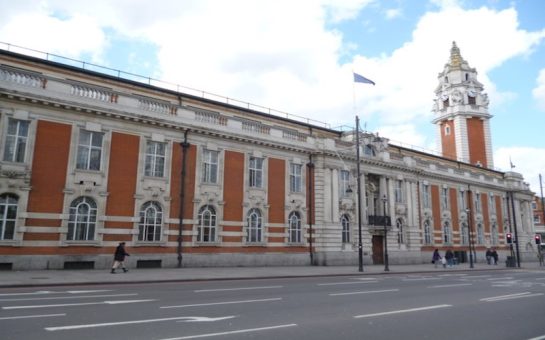Residents from Lambeth and Ealing staged protests last Saturday to oppose the implementation of low traffic neighbourhoods (LTNs), bringing together political opponents to Labour’s mayoral incumbent Sadiq Khan.
A small demonstration in Brixton was eclipsed by the thousands who marched on Ealing Council, both sharing the aim of requesting their council scrap LTNs.
LTNs close down smaller residential roads to traffic to encourage walking and cycling, and lead to an “evaporation” of cars from the city’s main roads.
It has been financed by the Conservative Government but implemented primarily across Labour councils in London, including Lambeth and Ealing.
Under chants of “What do we want? Our streets back!” the protestors gathered in Brixton’s Windrush square demanding their voice be heard.
Among other complaints, LTNs are criticised for being imposed undemocratically and without consultation, through the council’s use of emergency powers during the Covid-19 pandemic.
A legal case is being brought forward against the council for discrimination against minority groups protected by the Equalities Act.
The council recognised in one of its assessments that the scheme “may result in the interference with the human rights of individuals” but, it was deemed a “necessary and proportionate means of achieving the wider public benefit of making the borough’s transport networks safe, efficient, inclusive, sustainable and healthy.”
Shaun Bailey, the Conservative Party candidate for London Mayor, supported the protest and called for the removal of LTNs.
He said: “Everybody wants the LTNs removed, and all it requires is listening to people.
“When the local people don’t want it, we will just refuse the funding to back them.”
An assessment conducted by Lambeth Council has shown a reduction of up to 58% in car traffic within the Railton LTN in Brixton, and 21% in the peripheral streets.
The council acknowledged that some streets have seen a slight increase in car volumes following the implementation of LTNs, as happened in Coldharbour Lane.
The campaigners are mobilising to vote out Khan, who has been accused of funding this policy and currently has a 13-point-lead over Bailey in the polls.
In a statement last September, the Mayor said: “LTNs are an extremely important tool right now to enable more Londoners to walk and cycle while capacity on public transport remains limited by social distancing.
“I am assured that boroughs will take the appropriate steps to engage and listen to your constituents’ feedback, in accordance with the relevant statutory procedures applying to ETOs, before making any decisions on removing or making schemes permanent, including with appropriate modifications.”
Lambeth Council argues that their resident survey shows more than 80% of people living in Lambeth support measures to reduce air pollution and encourage sustainable modes of transport.
A Lambeth Council spokesperson said: “Last summer the council produced an emergency transport plan, for the benefit of all residents of the borough, in response to the significant challenges the coronavirus pandemic posed to the borough’s transport system. This plan included pavement widening, temporary walking and cycling infrastructure and low traffic neighbourhoods.
“The start of the Covid-19 pandemic saw capacity on public transport reduced by up to 80 per cent to accommodate social distancing. With 60% of households in Lambeth not having access to a car, and with access typically lower for women, black and disabled residents in particular, we needed to make our streets safer to enable them to walk, cycle, scoot or wheel safely in their local area and access local facilities during the pandemic.
“It’s simply not acceptable to us that if you are a disabled pedestrian, you are four times more likely to be injured by a motor vehicle than a non-disabled pedestrian. To not make changes to our streets to protect the most at-risk residents is an abdication of responsibility.
“All homes and businesses in our borough are accessible by car and taxis.
“It is widely accepted that the only way to reduce congestion on main roads running through Lambeth is to reduce the amount of trips taken by motor vehicles. This will only be achieved by the council working in partnership with Transport for London and others to prioritise efficient and sustainable modes of transport. By supporting safe, affordable and accessible ways of getting round for everyone, we will reduce congestion and free up our roads for those that need to use a car to get around.
“Our resident survey shows more than 80% of people living in the borough support measures to reduce air pollution and encourage sustainable modes of transport such as walking, cycling or the use of public transport. LTNs are a key part of that policy approach.
“The council is committed to regular, detailed, open and transparent monitoring of the programme including taking on board feedback from local people and making improvements where necessary. This is ongoing and the first monitoring reviews have been published already. As part of our commitment, there will be a public consultation prior to any decision on the future of the projects.”




